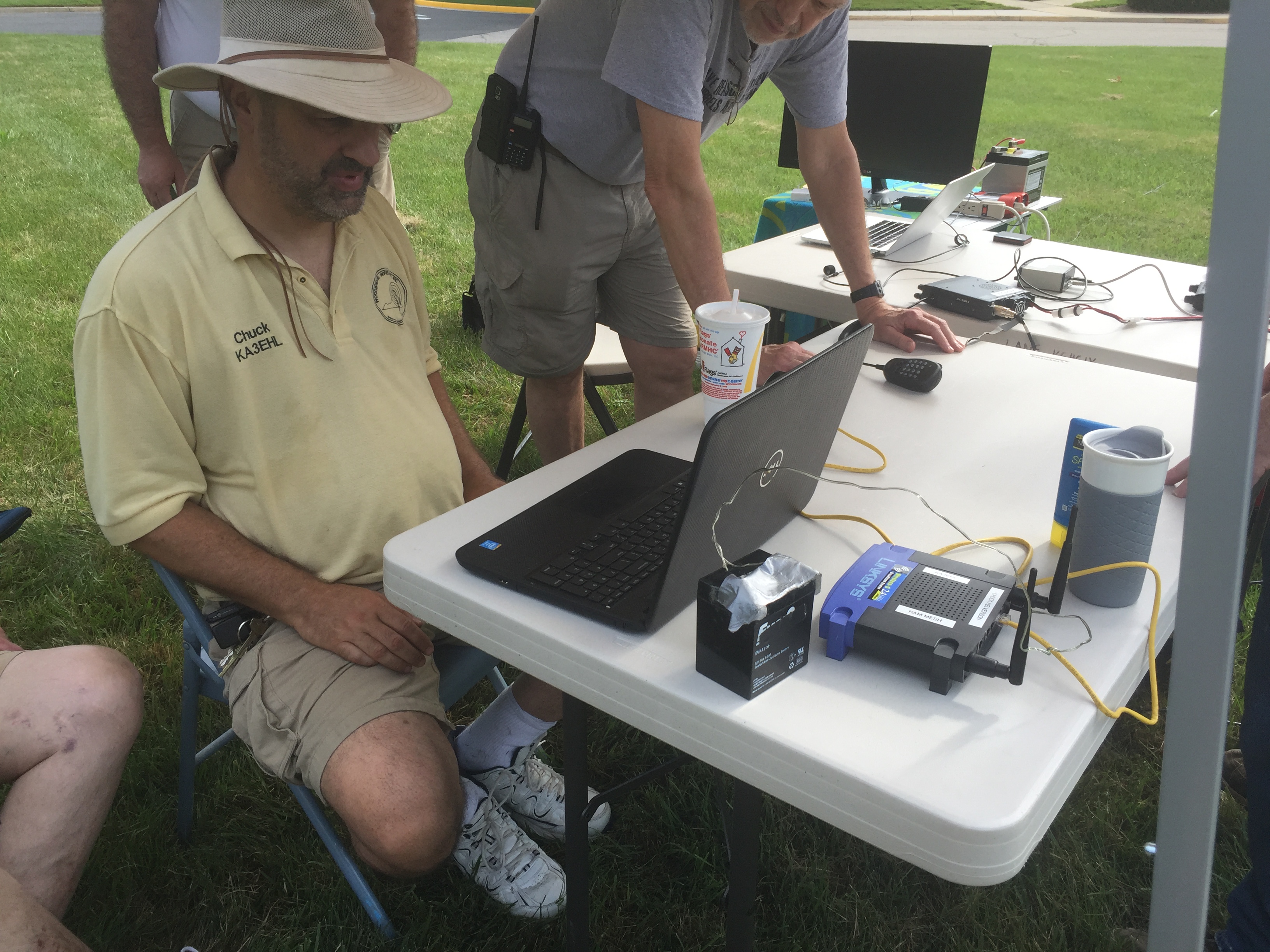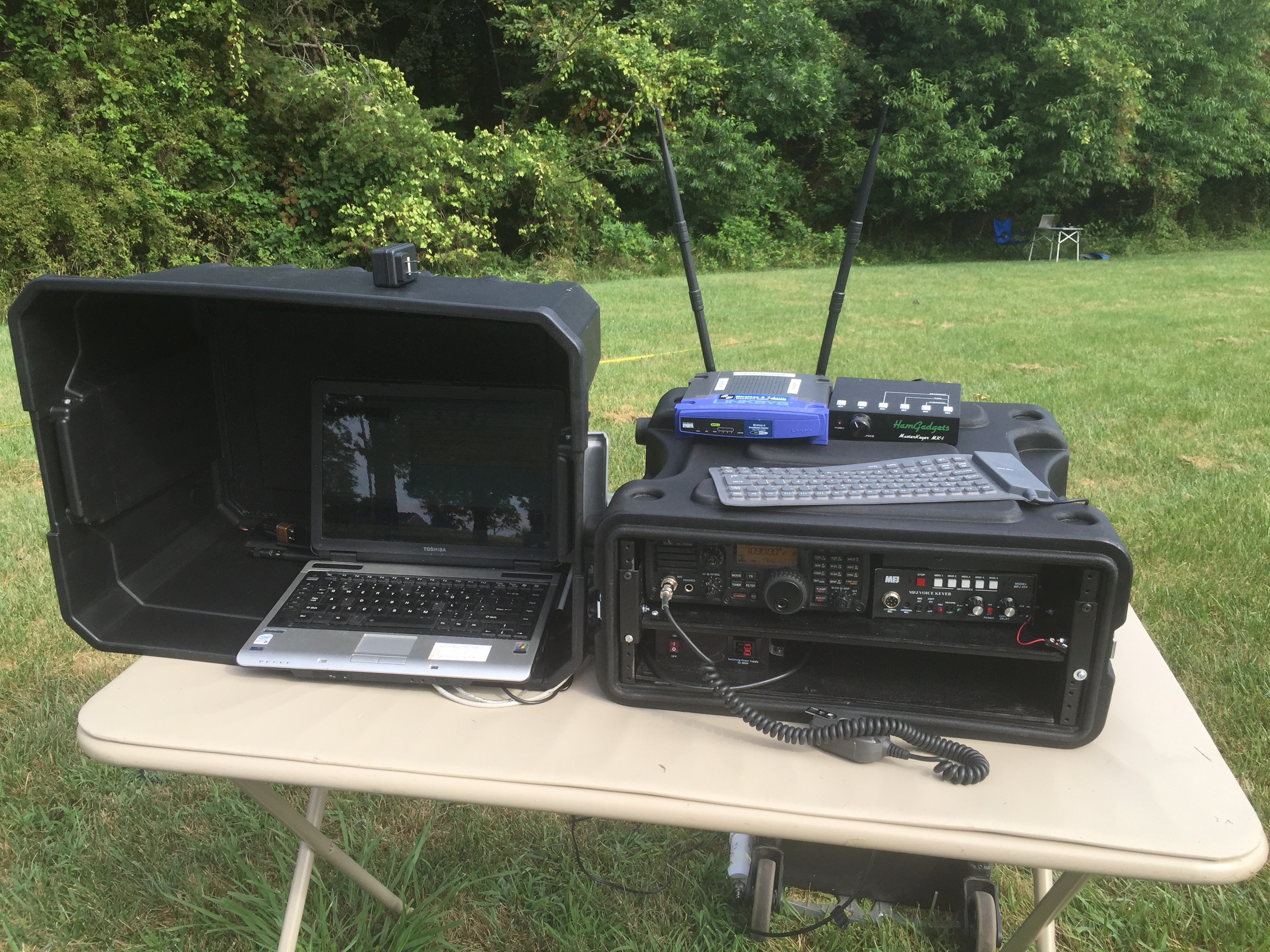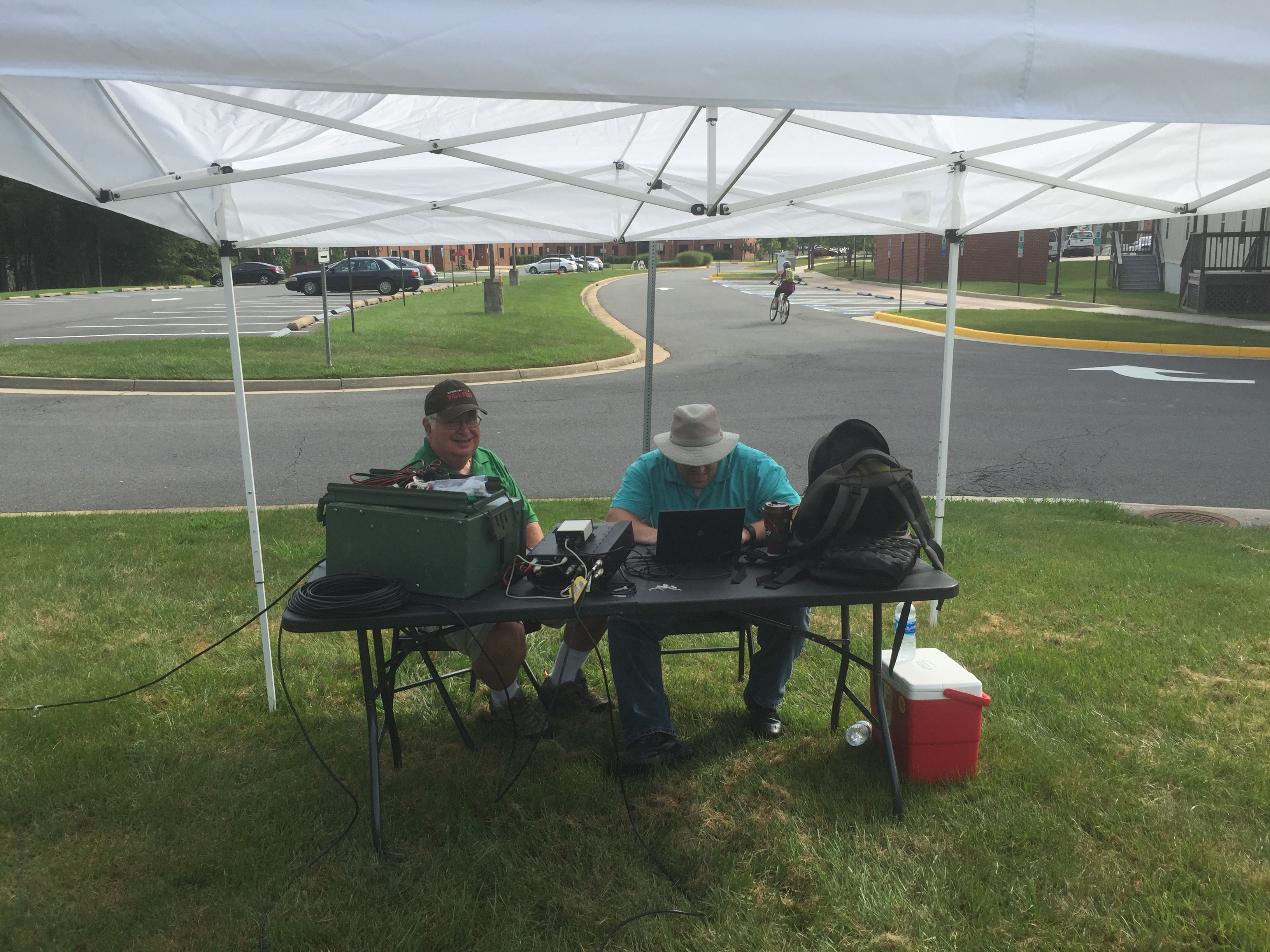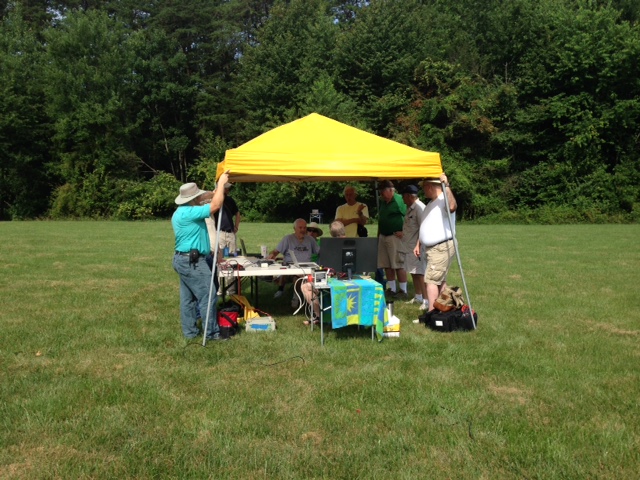Set After Action
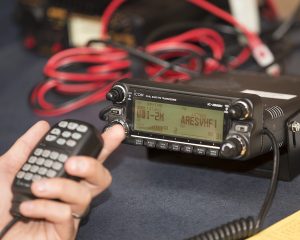 On Saturday, October 1, 2016, PWCARES participated in the ARRL Simulated Emergency Test (SET). The objective of this year’s exercise:
On Saturday, October 1, 2016, PWCARES participated in the ARRL Simulated Emergency Test (SET). The objective of this year’s exercise:
Objectives:
* To provide a public demonstration to served agencies and through the news media of the value of Amateur Radio in times of need.
* To provide training and experience in communication under simulated emergency conditions.
* To provide a framework allowing all District Emergency Coordinators, Emergency Coordinators and Net Managers to evaluate how well they are performing.
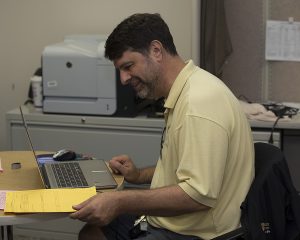
The scenario: A line of powerful thunderstorms, spawned by a hurricane, is approaching the state from the southwest. Strong winds, flood producing rains, damaging hail & lightning have paralyzed most of the counties in your district. Wind speeds exceeded 85 MPH and have produced many downed-trees causing power lines to fail. Estimates are between 85% and 90% of homes are without power. Many roads are impassable due to flash-flooding, tree debris, and downed-power lines. Communications has suffered greatly as well. Downed utilities, power outages, and failed back-ups have crippled normal communications. Amateur Radio operators have not gone unscathed. Repeaters without back-up power are no longer operational.
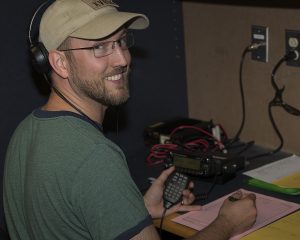
This gave us an opportunity to practice traffic handling and interact with both HF and digital networks. It also gave us the opportunity to practice with the ICS forms, especially the ICS–213 message form and the ICS–214 unit log.
What worked:
- No problem checking into the HF SSB net. Good comms with only 10 watts on battery power. Many check ins, but didn’t hear them passing any message traffic. Was also able to copy PSK31 on 7050 KHz.
- Several EOCs from other counties (W4COV and AD4TJ) then used VDEM frequencies, digital modes and waterfall to perform antenna checks, software checks and other tasks.
- PWCARES VHF1 (simplex) worked well for passing traffic into and out of the EOC but verbal messages are slow. Effective but slow.
- Numerous messages were sent successfully by voice
Some issues:
- Appears that the HF net was really only check-in. There was no formal message traffic passed. While the net-control was able to hear and speak to most all districts and conducted a professional level as net control. The main thrust of the exercise seemed to be to verify that all counties could be reached via HF
- Some Counties used FLMSG for ICS traffic. Others used WordPad to create and pass exercise traffic. When FLMSG was used, W4COV (not VDEM) asked me to stop and use WordPad instead
- After the initial 40m check in, VDEM Digital NCS (N1XP) left the net and remained offline for the entire exercise. Nothing heard on 80m. 40m was open throughout the exercise
- VDEM should set a single procedure for passing ICS traffic—FLMSG or WordPad
- VDEM should maintain a digital NCS throughout an exercise.
- Need to improve FLDIGI support at the EOC
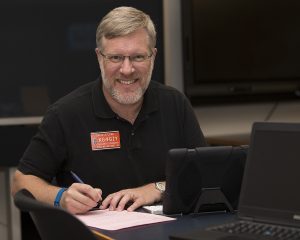
In all, the exercise was a success from the PWCARES perspective, although I would say it was less than successful from a section level. Because they did not pass traffic, there was no indication of how the traffic would flow or if the net would be able to handle it. Traffic sent to the section from PWCARES was not transferred.
Thanks to the cadre for their participation and to Andy, KJ4MTP, for the photos.
